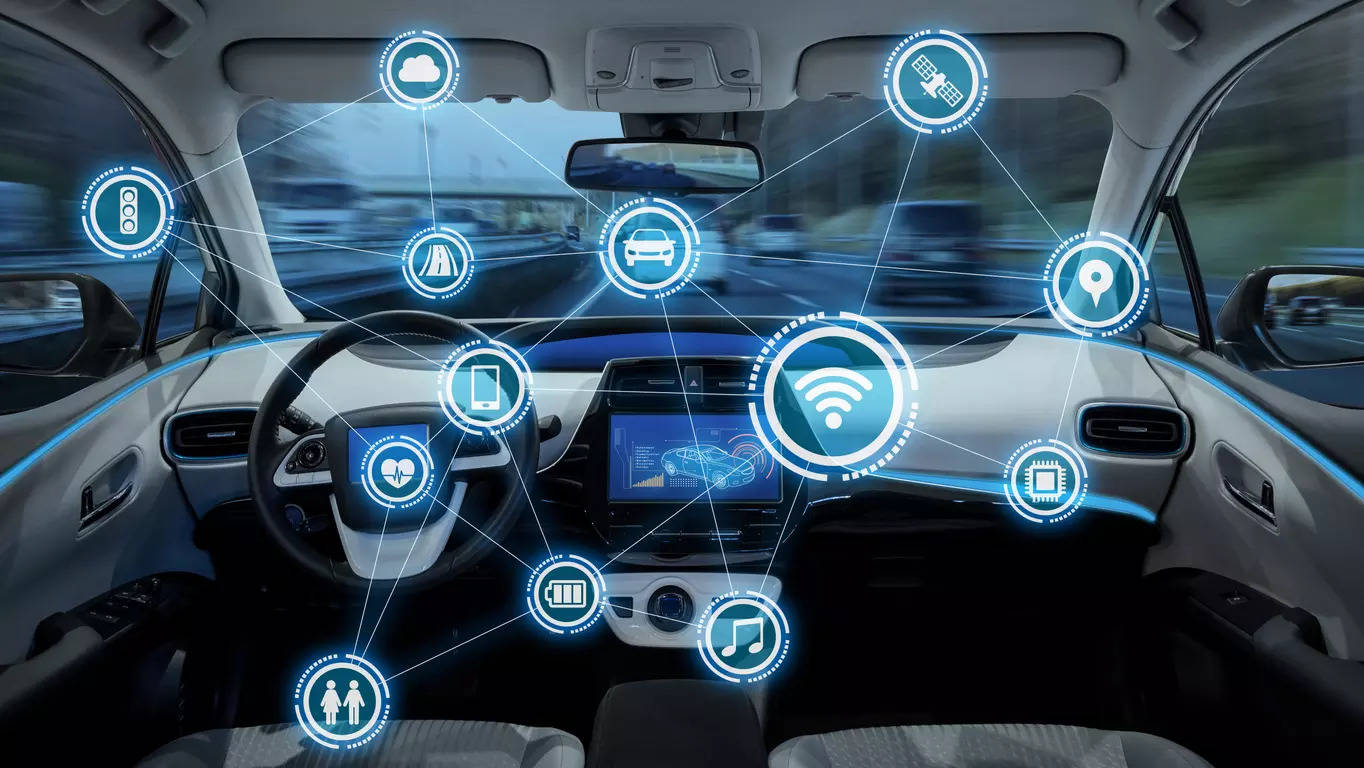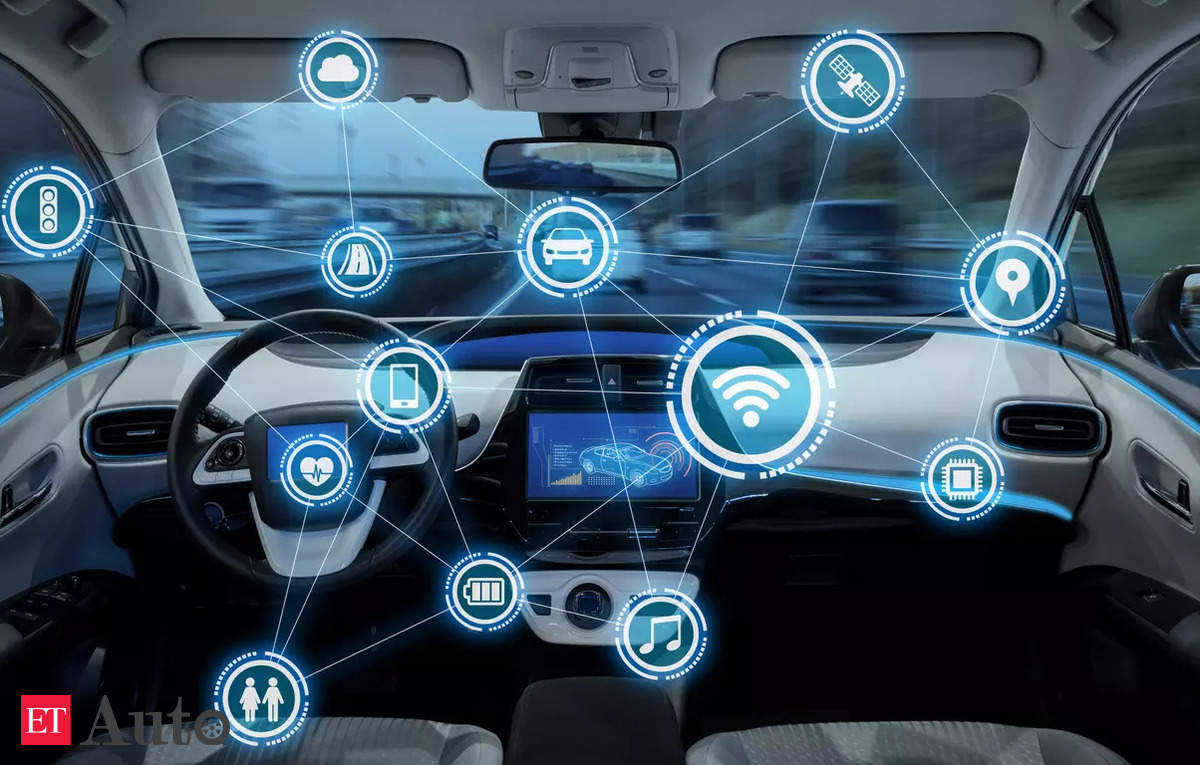
The Advanced Driver Assistance Systems (ADAS) component market at about USD169 million for fiscal 2023 is expected to expand to around USD 1 billion by fiscal 2028, representing a six-fold growth from fiscal 2023,accoding to a report by Global analytics company CRISIL.
CRISIL recently unveiled a comprehensive report shedding light on the state of ADAS in India. This report delves into the emerging landscape of ADAS technology within the country, offering valuable insights into its adoption, impact, and potential to transform the automotive sector.
Artificial intelligence (AI) has rapidly gained prominence as a pivotal technology in various domains. In the automotive sector, AI has made significant strides, particularly through advanced driver assistance systems (ADAS).
ADAS encompasses a range of technologies designed to enhance vehicle safety and assist drivers in various aspects of driving. Utilizing an array of sensors, cameras, and algorithms it encompasses functions such as steering assistance, braking support, acceleration control, parking assistance, navigation, and hazard detection.
ADAS is categorized into different levels of automation:-
Level 0: Basic warnings with no automation; human control of all driving tasks.
Level 1: Single automation feature (e.g., steering or acceleration) with driver responsibility.
Level 2: Automation for both steering and acceleration, with driver monitoring.
Level 3: Limited autonomous driving in specific conditions.
Level 4: Higher autonomy with some human intervention required.
Level 5: Full autonomy with no human intervention.
A key advantage of ADAS is its potential to prevent accidents. Systems like automatic emergency braking can swiftly detect potential collisions and initiate braking to reduce rear-end crash risks. Features like lane departure warning and lane keeping assist, assist drivers in staying in their lanes, reducing the likelihood of unintended lane drift.
ADAS technology is gaining traction in India, with Mahindra & Mahindra and Morris Garages (MG) leading the way. Globally, ADAS is prevalent, especially in the US, China, and Europe. In India, as of fiscal year 2023, ADAS-equipped passenger vehicles account for nearly 2% of total PV sales.
According to CRISIL, Mahindra’s XUV 7OO holds the largest market share at 40-50%, followed by Morris Garages with its Astor, Hector, ZS EV, and Gloster models contributing 20-30%. Honda’s City model ranks third with 10-20% market share. Tata Motors, Hyundai, and Toyota are also entering the ADAS market but have smaller shares in fiscal year 2023.
Levels of automation and ADAS systems in India: India’s automotive industry is in its early stages of PVs with ADAS features. Mahindra, Tata, MG, Honda, and Toyota are actively involved.
Currently, most of India’s ADAS technology is at levels L1 and L2, primarily in premium SUV and sedan segments, accounting for a quarter of PV sales. Hatchback adoption remains minimal, primarily at L0.
Premium SUVs (UV2) such as the Mahindra XUV700, MG Hector, Tata Harrier, and Tata Safari make up two-thirds of ADAS PV sales. Entry-level SUVs (UV1) like the MG Astor and midsize sedans like the Honda City and Hyundai Verna contribute to the remainder.
These three segments constitute over 90% of ADAS PV sales, indicating limited adoption in hatchbacks and other premium SUV segments.
ADAS component cost
ADAS components fall into three categories: mechanical, optical, and sensors. Mechanical components enable features like ABS, ESP, TCS, and cluster warnings, while optical components mainly consist of camera systems. Sensor modules are pivotal for advanced safety functions in ADAS.
Cost distribution among these components is approximately 45% for sensors, 30% for mechanical components, and the remaining 25% for optical components.
ADAS penetration by vehicle segment
Mid-size and UV segments are anticipated to lead to ADAS adoption, reaching 15-20% and 10-15%, respectively, by fiscal 2028, up from 5-10% and 4-8% in fiscal 2023. Compact UV and hatchback/small cars segments will also see growth, with 6-10% and 4-6% ADAS penetration by fiscal 2028, compared to 0% and 1% in fiscal 2023.
Impact of road development: India’s improving road infrastructure, especially the conversion of highways to expressways, facilitates ADAS implementation. Expressways offer standardized markings, signages, lane consistency, and predictable road conditions, enhancing ADAS functionality.
Expressways can incorporate sensors and communication protocols, enabling advanced ADAS features like adaptive cruise control, lane-keeping assist (LKA), and automated braking. This technology is poised to evolve into vehicle-to-vehicle and vehicle-to-infrastructure connectivity, expanding the market and enhancing the driving experience.
Some challenges
The industry’s future seems promising as demand for autonomous and safety-focused features grows. However, to unlock its full potential, it must address some remaining challenges.
The automotive industry is thriving as customers demand safety features, but challenges persist. The Ministry of Road, Transport, and Highways aims to enhance road safety with new signage rules on highways and expressways.
With the rise of electric vehicles, safety-focused ADAS features could become standard. Regulations, incentives, and consumer demand may drive ADAS adoption. ADAS technology is key to autonomous driving development.
ADAS is revolutionizing the automotive world, paving the way for a safe and autonomous future. Despite challenges, self-driving cars are getting closer every year.









